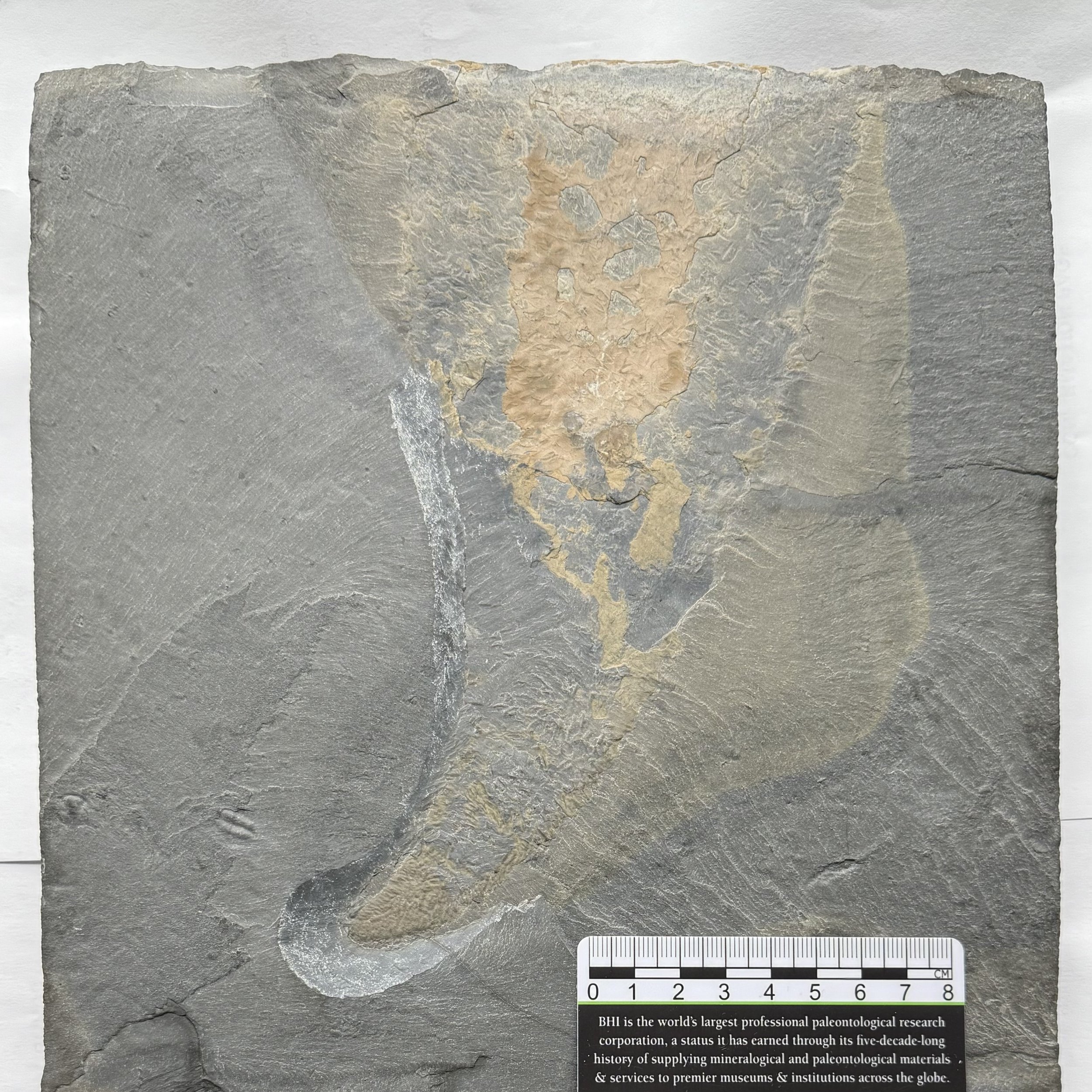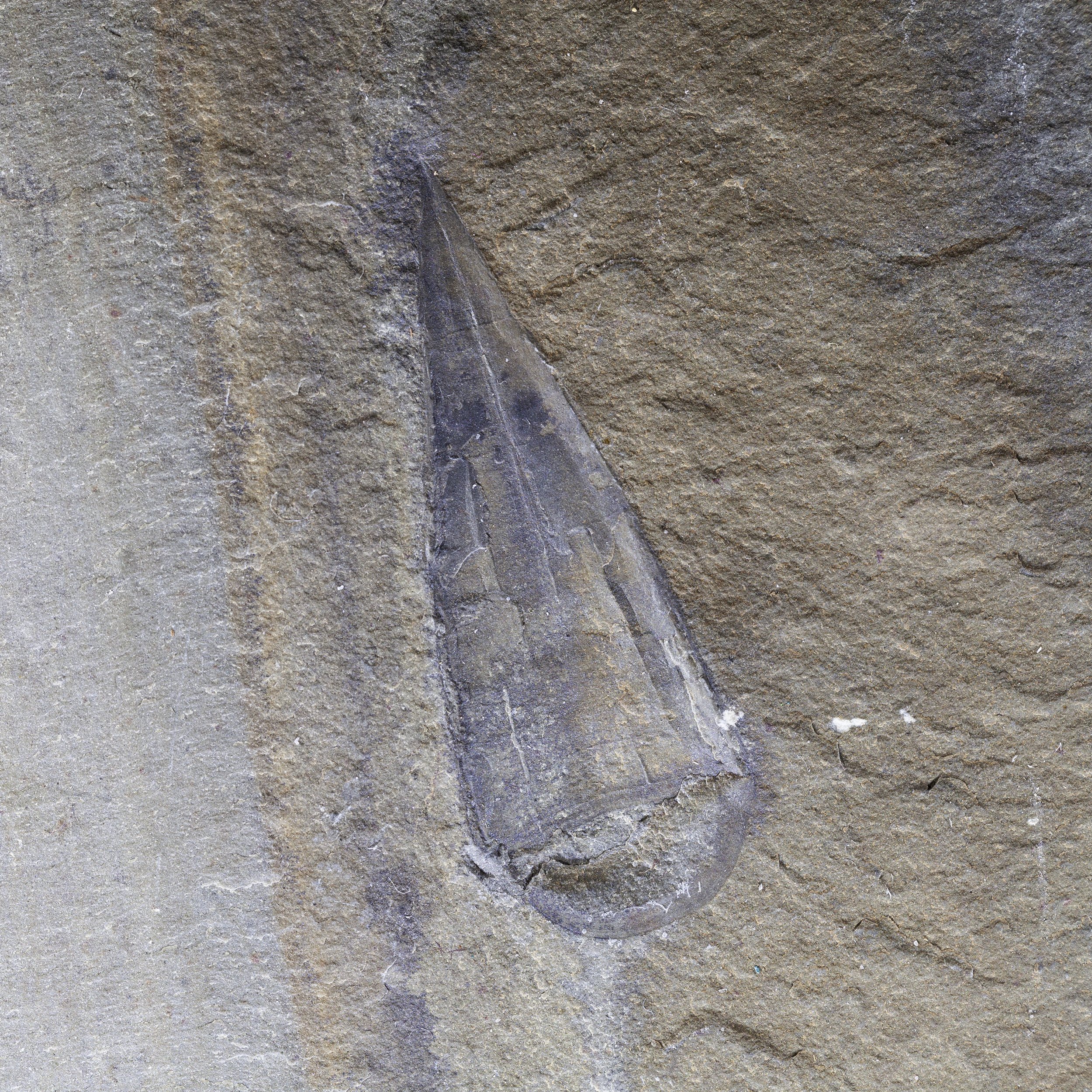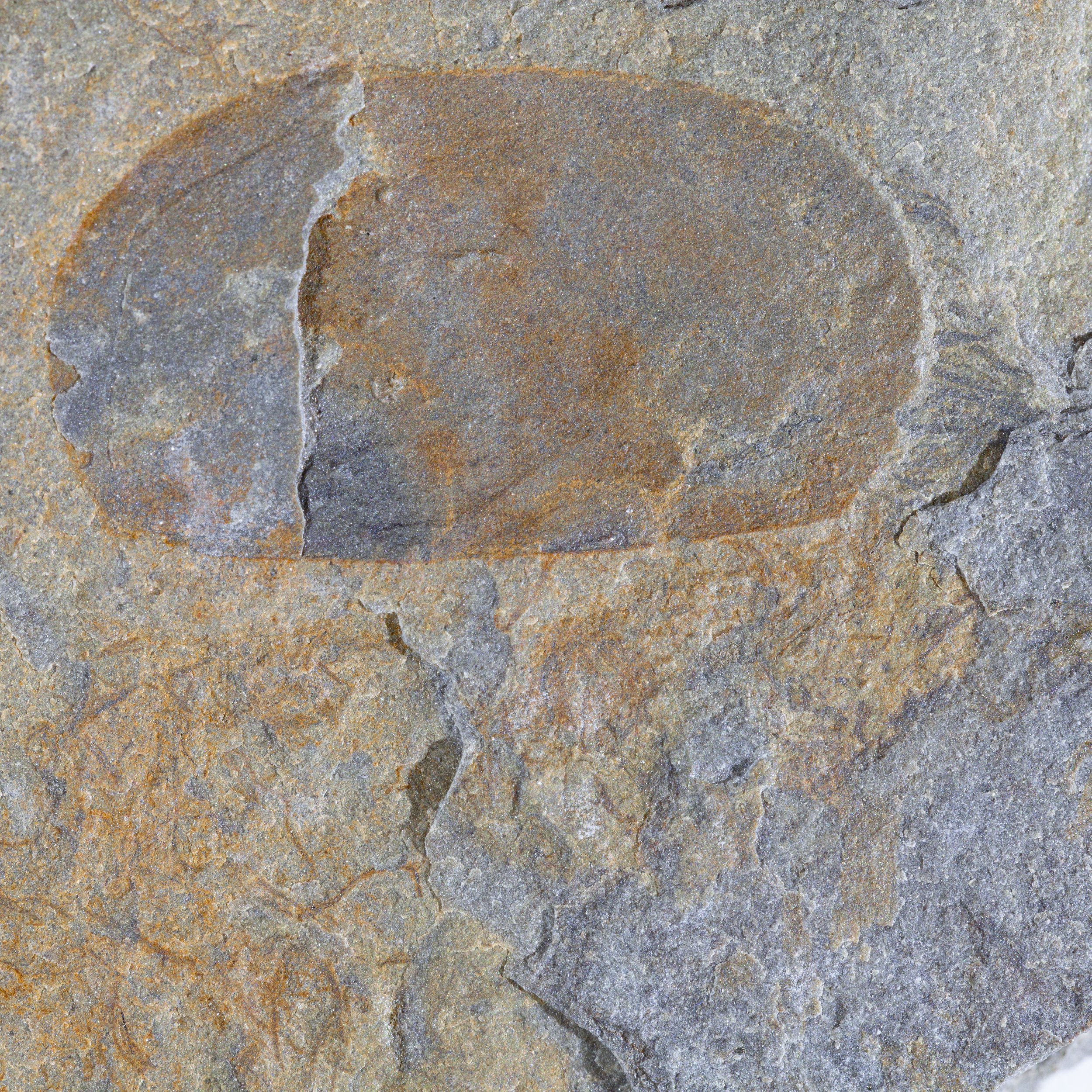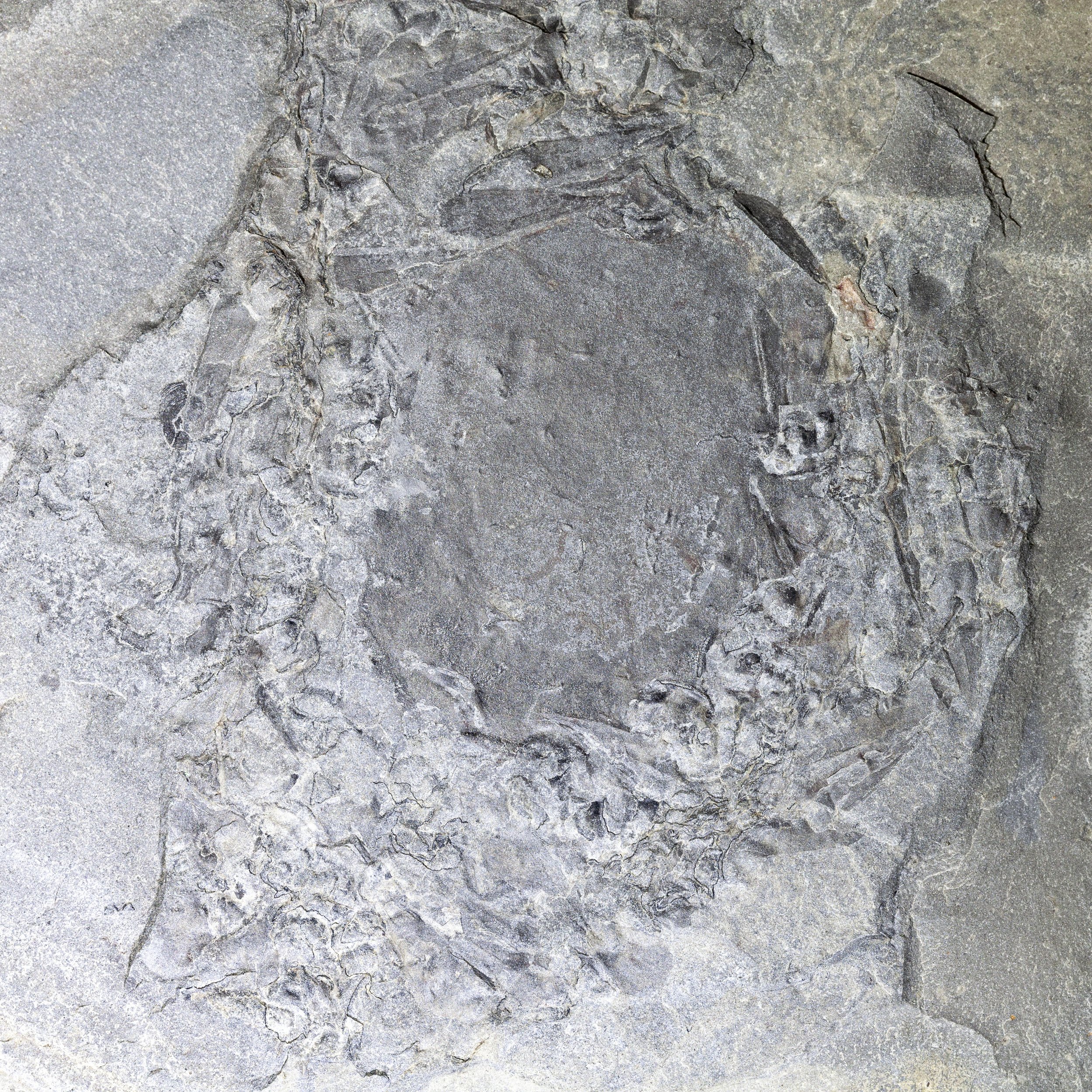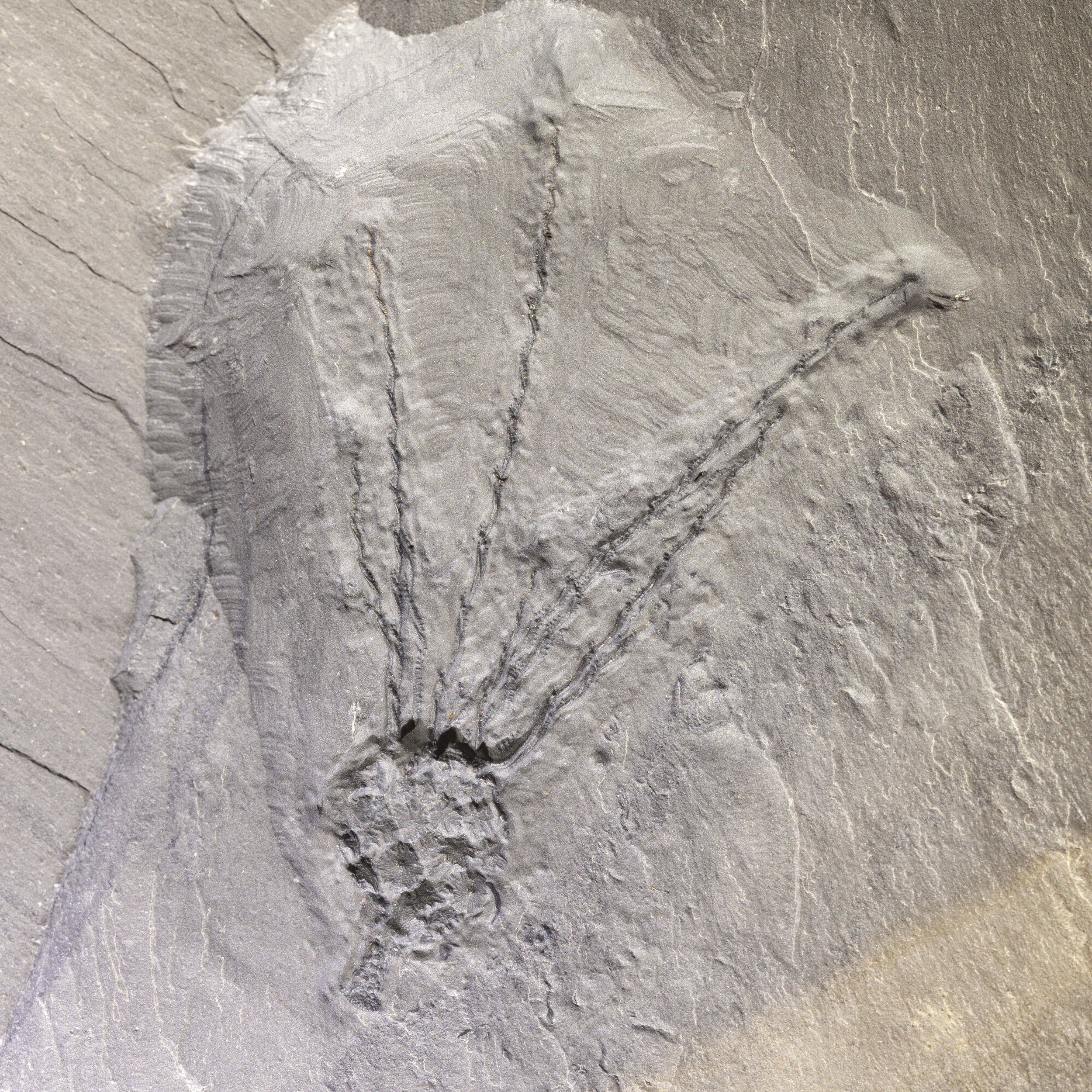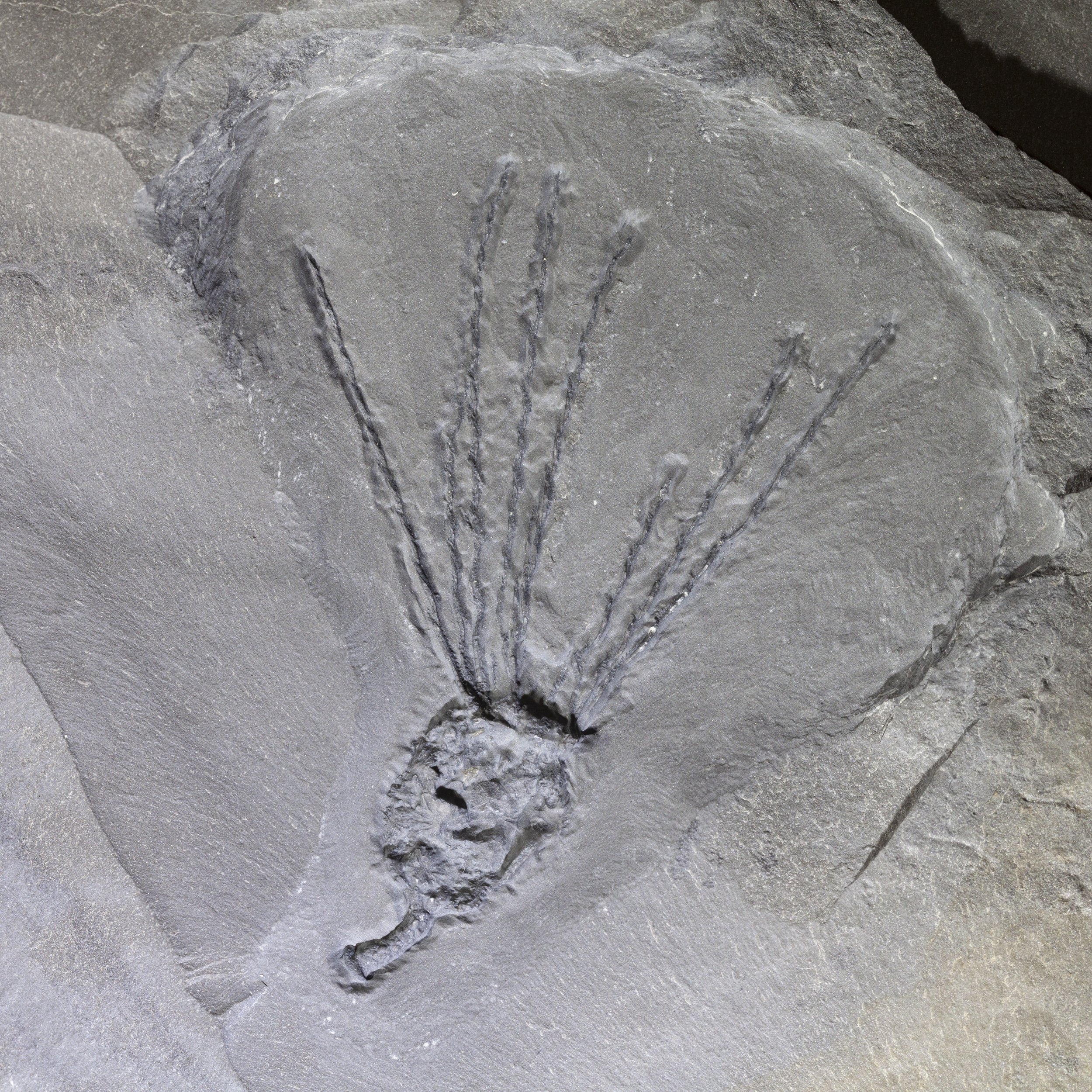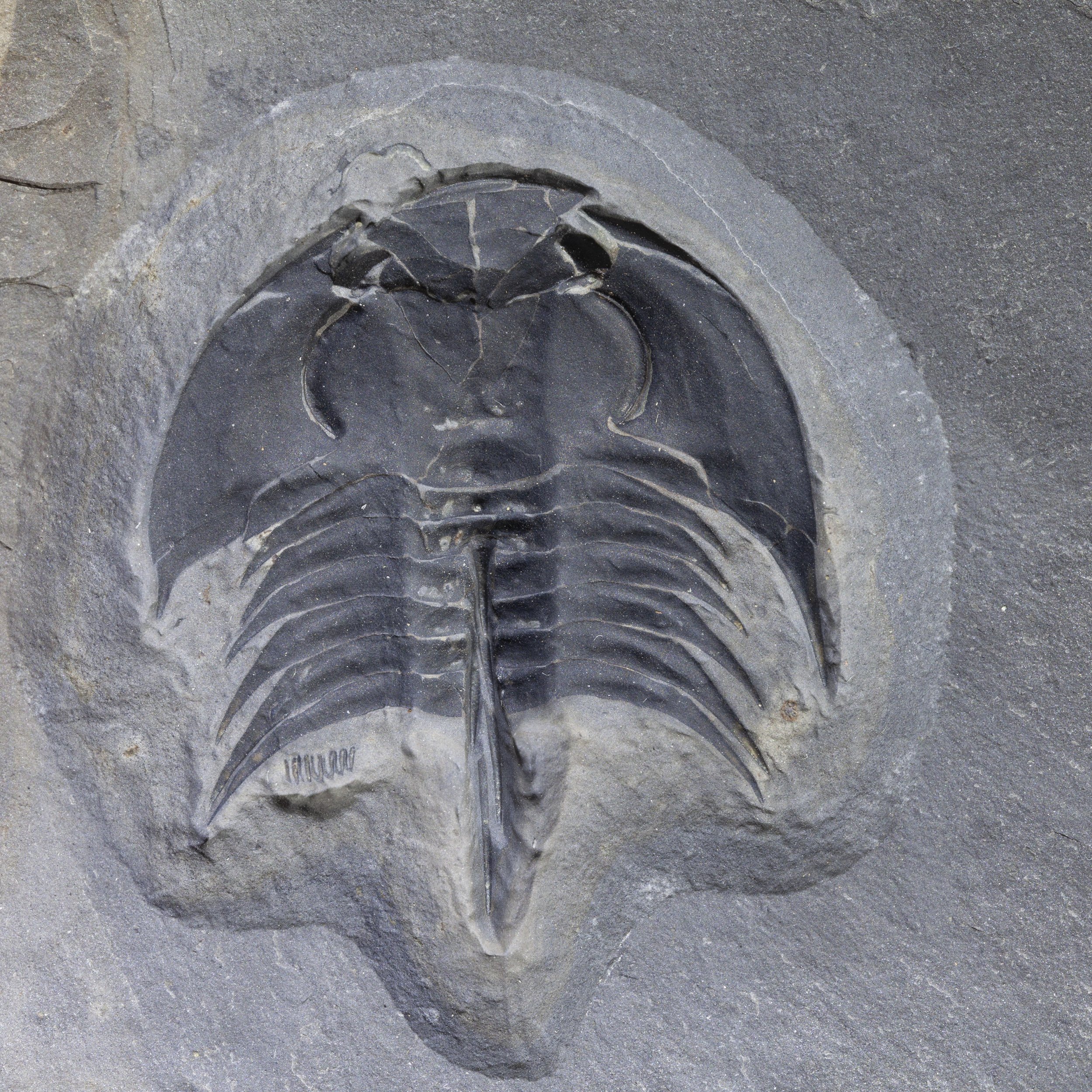Anomalocarid appendage
Vendor: Fossil Soup
SKU Number: SQ5344151
Portion of a radiodont appendage from the Early Ordovician, Upper Fezouata Formation, Morocco. These Radiodonts were filter feeders that evolved from the earlier predatory Anomalocarids of the Cambrian period.
This piece may be a filter-feeding appendage from Aegirocassis benmoulai. A nice addition to any radiodont collection, and one that is rarely available on the market.
Full dimensions are listed below.
Vendor: Fossil Soup
SKU Number: SQ5344151
Portion of a radiodont appendage from the Early Ordovician, Upper Fezouata Formation, Morocco. These Radiodonts were filter feeders that evolved from the earlier predatory Anomalocarids of the Cambrian period.
This piece may be a filter-feeding appendage from Aegirocassis benmoulai. A nice addition to any radiodont collection, and one that is rarely available on the market.
Full dimensions are listed below.
Vendor: Fossil Soup
SKU Number: SQ5344151
Portion of a radiodont appendage from the Early Ordovician, Upper Fezouata Formation, Morocco. These Radiodonts were filter feeders that evolved from the earlier predatory Anomalocarids of the Cambrian period.
This piece may be a filter-feeding appendage from Aegirocassis benmoulai. A nice addition to any radiodont collection, and one that is rarely available on the market.
Full dimensions are listed below.
Additional Information
Radiodonta are an extinct order of arthropods with paired fore-limbs adapted for specific use in feeding. They appeared early in the Cambrian and would have been the first free-swimming raptorial predators, a role subsequently taken on by animals such as Sharks, Fish, Squid, and marine Tetrapods, which appeared to place them firmly at the top of the Cambrian food-chain. These Radiodonts had rather complex exoskeletons, which tended to become disarticulated before being preserved.
Recently, large Radiodonts from the early Cambrian have been discovered that have feeding organs adapted not for raptorial predation but for filter feeding. Filter feeders fed on microscopic organisms floating near the ocean surface. It has been suggested that the first planktonic animals in the Cambrian initiated the biological pump, which, in turn, fueled the diversification of complex animal communities on the seafloor. Filter feeding has repeatedly appeared in the largest members of other groups of raptorial marine predators, including Sharks, Whales and several types of Fish, making this a predictable occurrence in large raptorial Radiodonts, a view that was supported by the discovery of a second such species, the two meter long Aegirocassis from the Early Ordovician.




